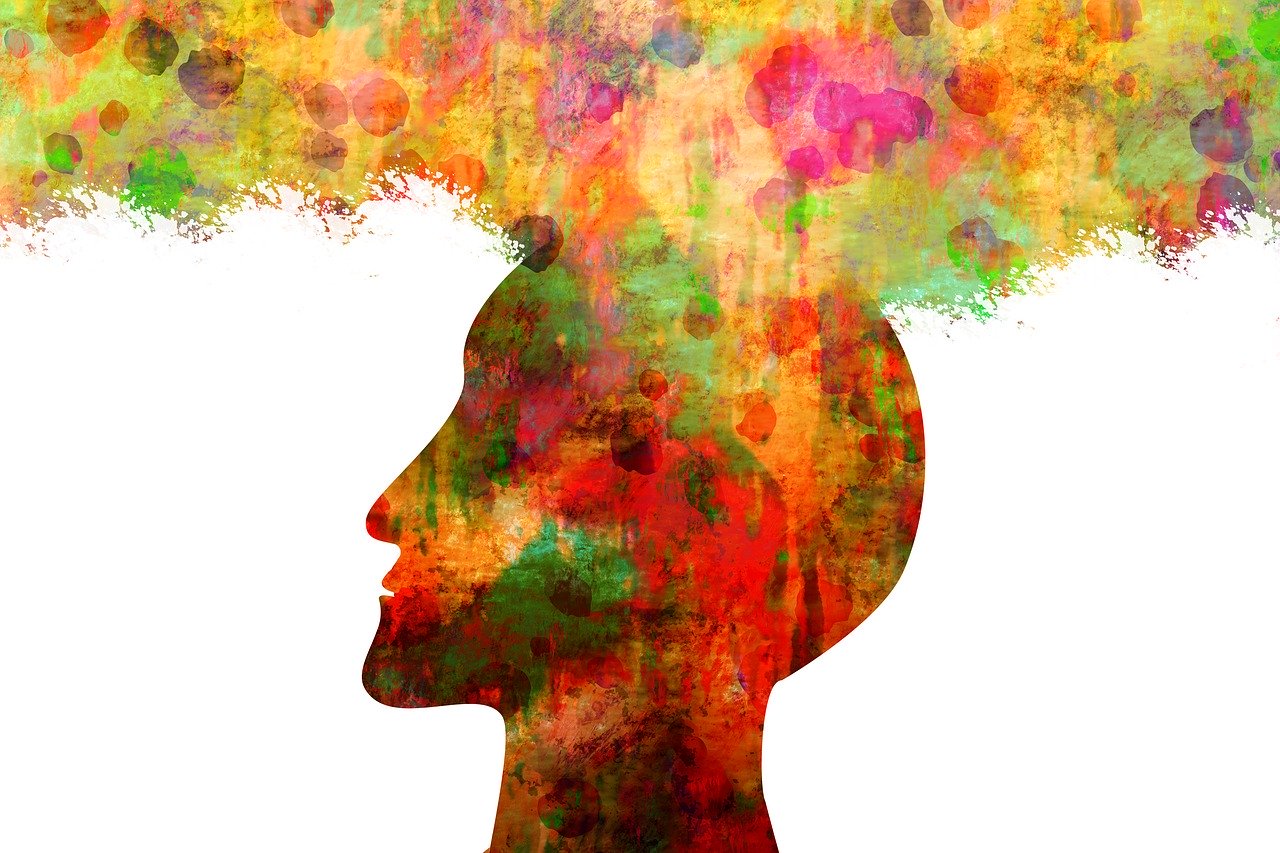
About the Author
Monica Chen is a native Taiwanese violinist and the first practitioner of dystonia in Asia. She has a DMA in violin performance and currently working as an assistant professor at Taipei National University of Arts. Monica studied with Dr. Farias, a leading specialist treating dystonia with movement therapy. She is also the Chinese translator of Dr. Farias‘ book, ‘Limitless’.
Musician’s Dystonia was largely ignored for a long time. The main reasons are the pathological mechanism of this disease is still unknown, and the treatment is complicated. In recent years, with the development of the Internet, more and more information about dystonia is circulating, but many of these are inconsistent with the actual state of the patient. Such information will not only make the patient more self-blaming, but also increase the difficulty of recovery.
Regarding the pathological mechanism of dystonia, the existing theory is based on a study done in 1996. This study allowed night monkeys to perform specific hand movements in the laboratory. The night monkeys must continue to perform until the accuracy is less than 50%. The researchers then observed the distribution map of the fingers in the cerebral cortex, and then came to a conclusion: repetitive movements will cause dystonia. However, the following factors are not included in such experiments: how we force the night monkeys to perform movements that are not their nature thousands of times, and make them stay in a bright laboratory different from their natural environment. Based on the conclusion, the aforementioned factors are excluded as well as all emotional factors; the night monkeys are regarded as robots, likewise humans.
It is generally believed that professional musicians will get dystonia. In fact, amateur players will also get this disease, and there are far more cases than we know. Some people think that it is because too much practice or wrong movements cause dystonia. However, there are many players around us who spend a lot of time practicing every day. How come they are not sick, but instead amateur players who only practice for half an hour in two or three days are. Among our students, many have been playing in poor posture, but they have not got dystonia.
In recent years, I have studied with Dr. Joaquin Farias, an authority on the treatment of dystonia. Among the 3,000 to 4,000 patients that Dr. Farias has contacted, many of them are famous musicians. The skills of these musicians are superior to ordinary players. If it is said that dystonia is caused by wrong movements, it should not be the famous musicians who are already on the international stage. Some patients have dystonia due to stress causing situations such as changing teachers, changing basic movements, etc. or unexpected events like death of relatives, cancer, divorce, etc. However, some patients do nothing but to just watch TV on the sofa, and that’s when it happened.
In Dr. Farias’ book “Limitless”, he proposed a new theory of dystonia, which is based on his personal experience in treating patients.He believes that dystonia is a series of reactions caused by an incident in the brain which could be caused by emotion, stress, or unknown reasons. He calls it “cortical shock”. It affects the level of motor control, resulting in dormancy of certain neural circuits, causing the patient to control the muscles involuntarily. In his experience, the cortical shock of dystonia occurs in the right hemisphere. Due to the hypofunction of the right hemisphere, it causes problems in the connection between the two hemispheres, which in turn affects the control of movements.
Speaking of this, can dystonia be prevented? I think the answer is no, because we cannot prevent accidents that happen in life. The first thing that musicians who have just suffered from dystonia will think is, “I made it” or “It’s my fault.” They think it may be caused by the wrong way of playing or improper basic movements, so they spend more time practicing continuously. They think that working hard to correct their movements can change everything. However, “self-blame” has become the greatest psychological pressure for most patients during the illness, thus affecting their recovery. In fact, dystonia is not just a problem of movement, but a problem with the coordination between the two hemispheres. The treatment method requires assistance from many aspects: proper movement guidance, good rest and diet, stable emotional state and normal social life.
At present, there are some new prospects for the treatment of dystonia. It is no longer a terminal illness that cannot be treated, but can gradually restore functions through movement training. We also look forward to more research and development related to dystonia in the future.

